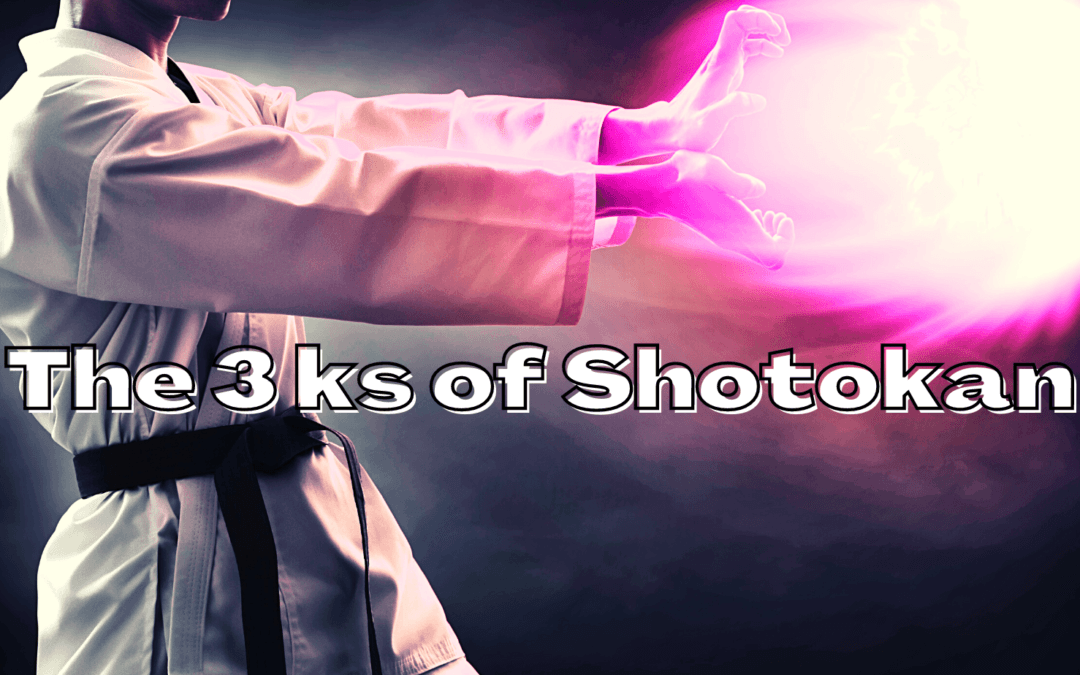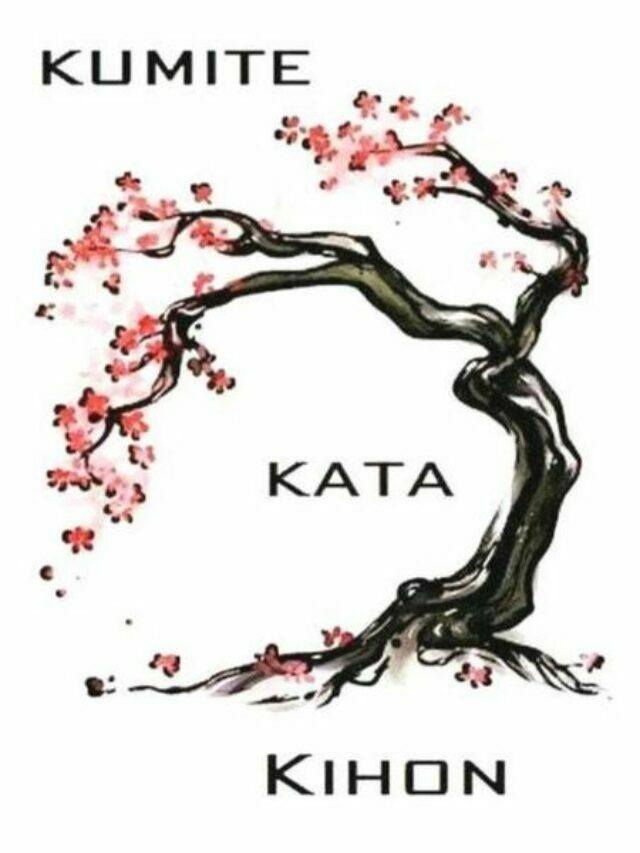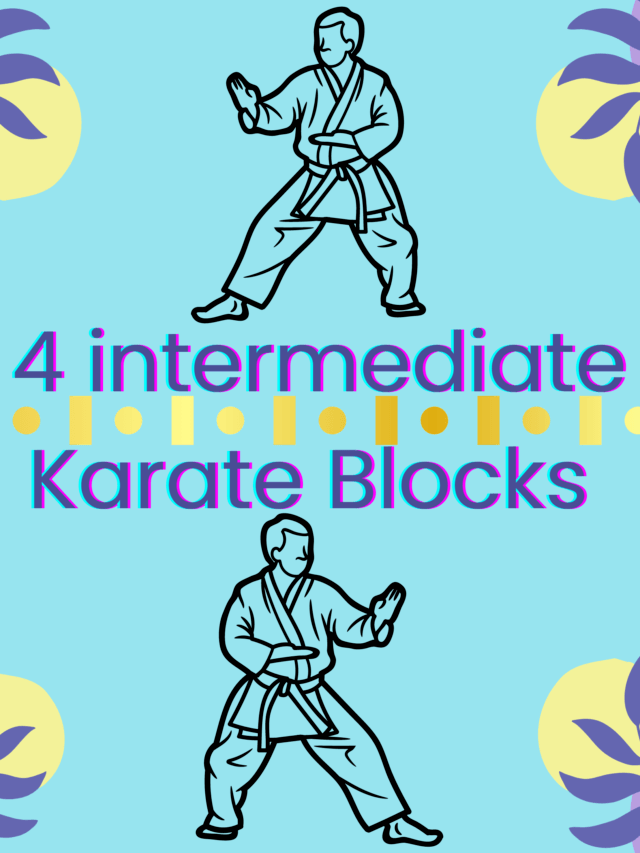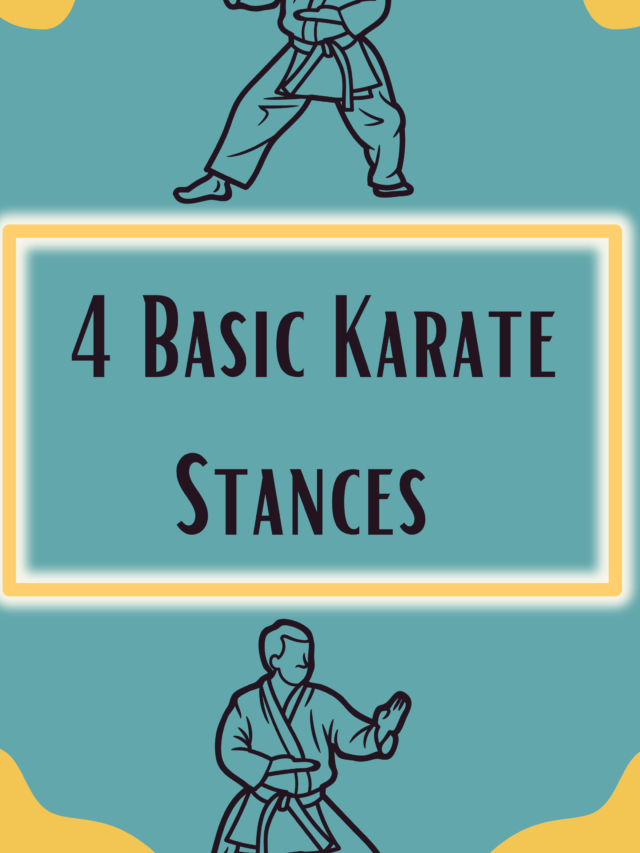There are three ks in shotokan: kihon, kata, and kumite.
Kihon is the basic technique, kata is the form, and kumite is the sparring. Each one of these aspects of Shotokan is important for developing your skills as a martial artist. In this post, we’ll go over each of these areas and talk about why they’re important. Let’s get started!
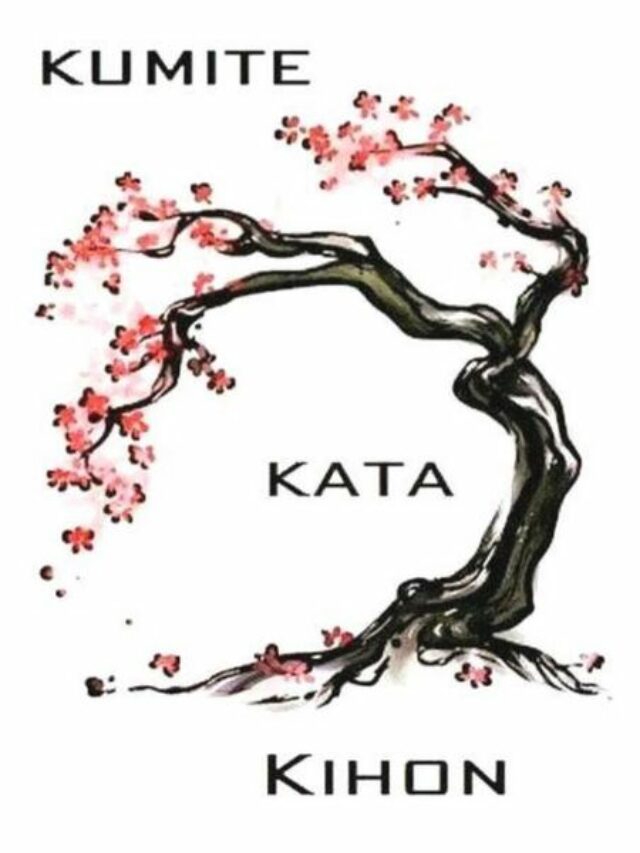
What are the three Ks?
Kihon
What is kihon?
Kihon is the practice of a particular art’s basic techniques and movements.
In Karate, for example, kihon would include practicing the stances, blocks, punches, and kicks.
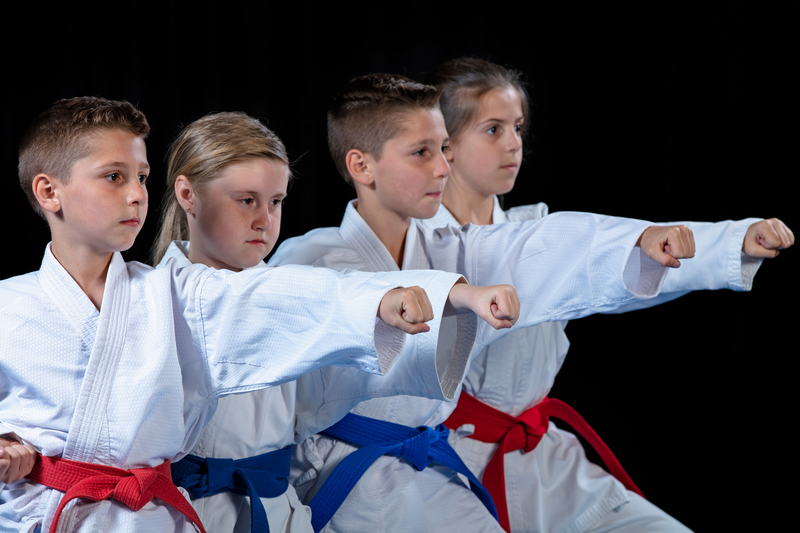
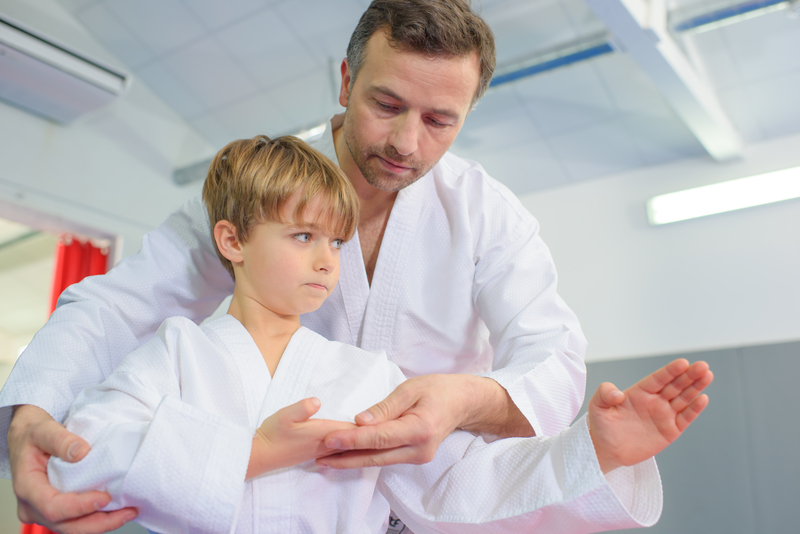
Practicing kihon helps students become proficient in the techniques required for more advanced training. Additionally, kihon develops discipline, focus, and strength. If you’re interested in learning a martial art or improving your skills, devote time to practicing kihon.

Here are some videos we recommend of Kihon Stances
Here are some videos we recommend of Kihon Punch
Here are some videos we recommend of Kihon Blocks
Here are some videos we recommend of Kihon Kicks
Kata
There are many kinds of Kata (forms) in the martial arts world. Kata can be used to improve your fighting skills or to help you learn new techniques.
Kata: the mind-body Kata known as Wang Tang. Wang Tang is a very old form developed in China over two thousand years ago. It is said that the Wang Tang style can improve your physical health, mental clarity, and emotional well-being.
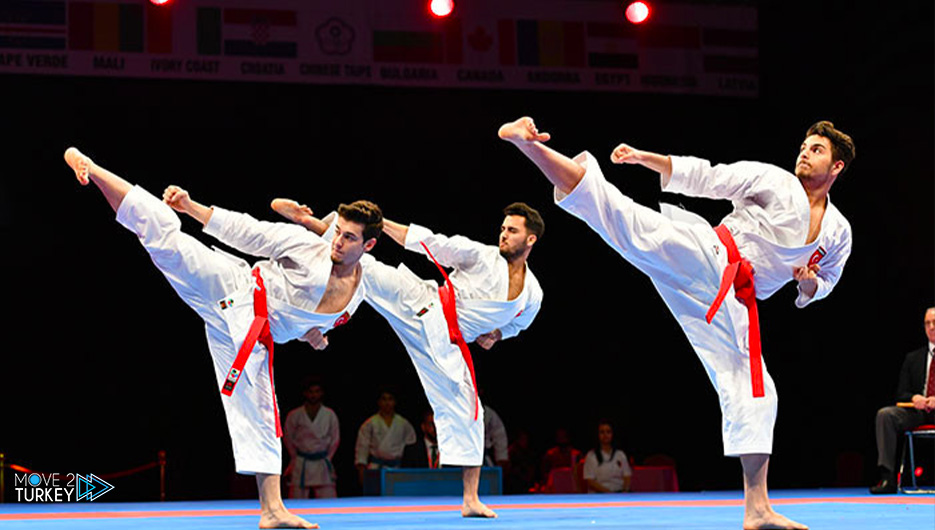

Why Do Martial Artists Perform Kata?
There are several reasons why kata is such an important part of martial arts training. First of all, kata helps students to memorize the order of different techniques. This is especially important for beginners who are still learning the basics of their chosen discipline. By performing kata on a regular basis, students will gradually commit the order of moves to memory so that they can ultimately perform them without having to think about each individual step.

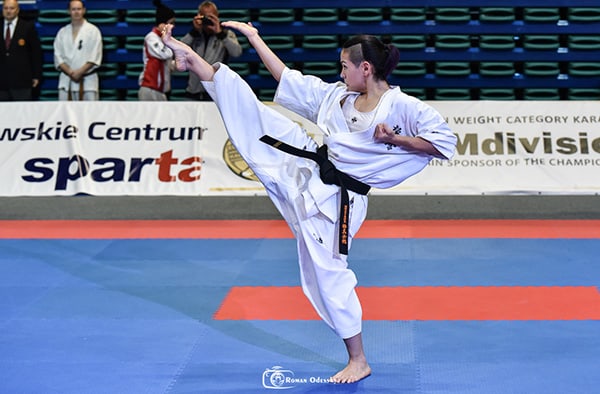
Additionally, kata provides an opportunity for students to practice their techniques in a safe and controlled environment. Instead of sparring with a partner or opponent, students can go through the motions of various techniques without worrying about being hit or hurt in any way. This allows them to focus solely on their form and execution.
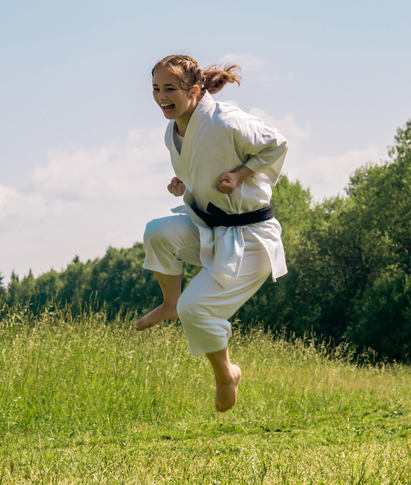
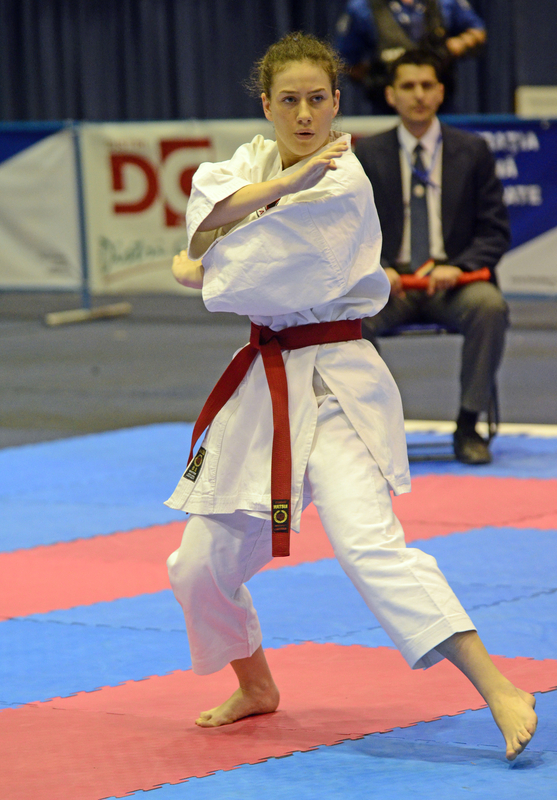
Finally, kata can be used as a tool for self-evaluation. After performing a kata, take some time to analyze your technique and see if there are any areas that need improvement. It can be helpful to videotape yourself or have a friend or coach observe you as you perform a kata so that you can receive constructive feedback. With regular practice, you’ll gradually improve your technique and become more powerful and precise with your movements.
Here are some videos we recommend of how we do Kata in a competition,
Here are some videos we recommend of how we do three teams’ Kata.
Kumite
Kumite is a Japanese word that means ‘grappling hands.’ In karate, kumite refers to sparring with an opponent. Kumite is an essential part of karate training, as it allows practitioners to put their techniques into practice in a safe and controlled environment.Kumite can be divided into two main types: pre-arranged kumite and free-style kumite.
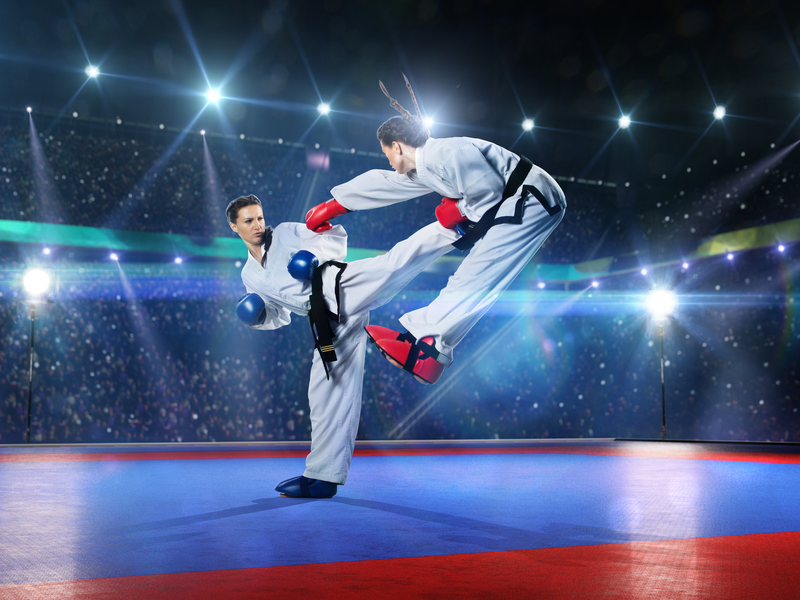
Pre-arranged kumite is when both practitioners agree on the sequence of techniques used in the sparring session. This type of kumite is often used in practice sessions and competitions. Free-style kumite, on the other hand, is when both practitioners spar without pre-arranging the techniques. This type of kumite is more common in self-defense situations.
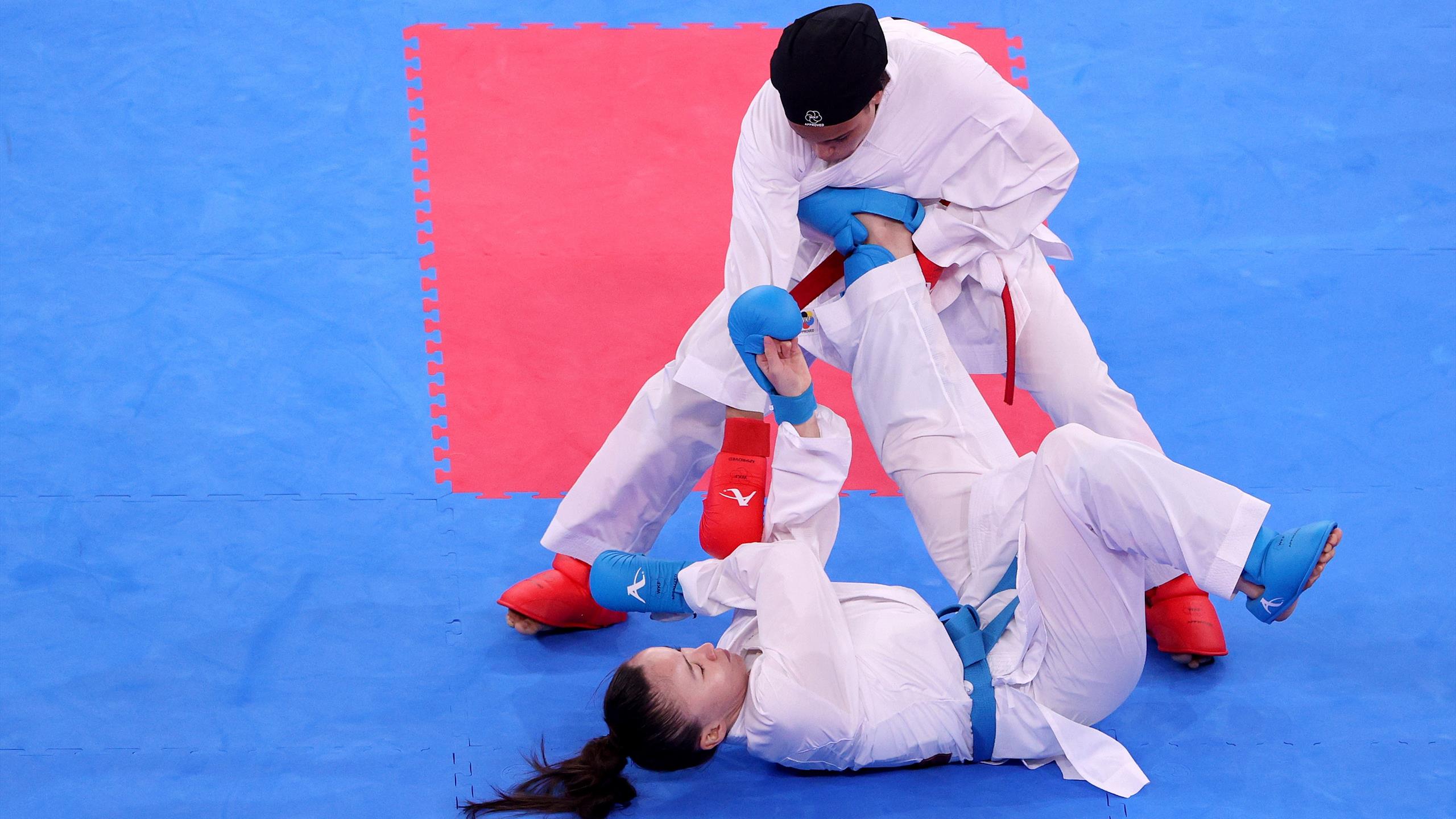
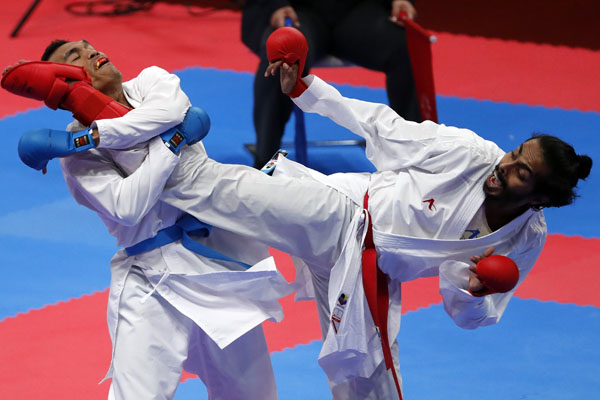
There are many benefits to practicing kumite. Kumite helps practitioners to develop confidence and control, as well as improve their physical fitness and reflexes. In addition, kumite provides an opportunity for practitioners to test their techniques against a live opponent.
Here are some videos we recommend of how we do Kumite in a competition,
Conclusion:
The Three Ks of Karate are kata, kumite, and kihon. Kata is a solo training exercise where you perform a series of techniques against an imaginary opponent. Kumite is usually done with a partner and helps you learn how to apply your techniques in a real-world setting. Kihon means “basics” and focuses on developing your basic techniques through muscle memory. All three of these areas are essential for any aspiring karateka!
Thank you for reding
We hope you enjoyed our karate post! If you’re looking for helpful tips on improving your karate skills, Check out our Karate Youtube Channel.
We’ve got tons of helpful videos that will show you the basics of Karate and help you start learning this fun and challenging martial art. So head on over to our channel. You can now find us on Instagram, TikTok, and Facebook. Thanks for reading!
Follow us!
Instagram: @TwinsKarate
Facebook: @The Karate Twins.
YouTube Channel: The Karate Twins.
TikTok: @The Karate Twins0
More posts from The Karate Twins.
More links to check out.
Thank you again for reading. Until next time. Oss.


